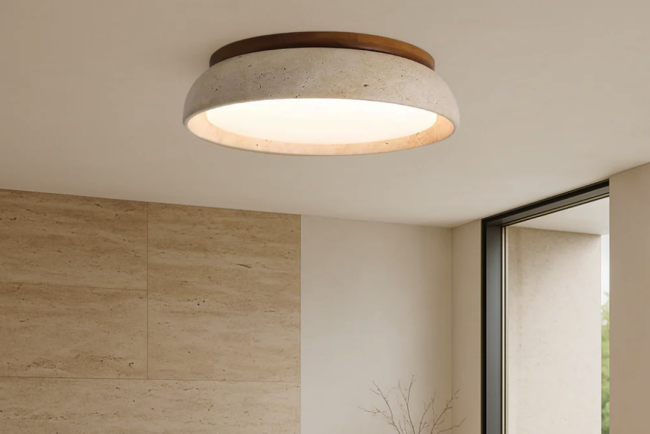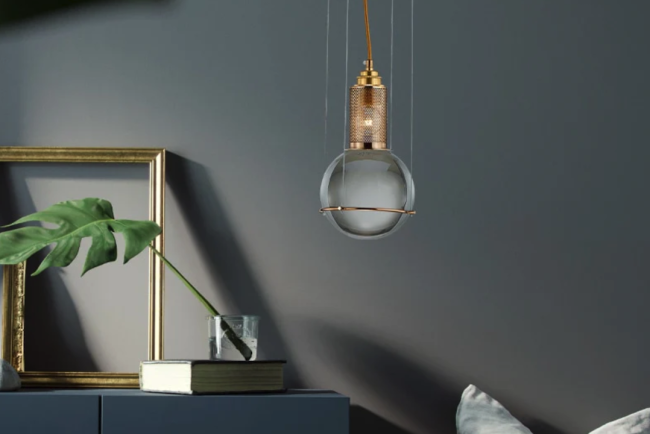
Lighting is a crucial element in interior design as it can greatly impact the overall look and feel of a space. Proper lighting can enhance the aesthetic appeal of a room, create ambiance, and even affect the mood and productivity of the occupants. When it comes to interior design, lighting is often considered as the “fourth dimension” alongside color, texture, and pattern. It has the power to highlight architectural features, artwork, and furniture, as well as to define the function of different areas within a room.
In interior design, there are three main types of lighting: ambient, task, and accent lighting. Ambient lighting provides overall illumination for a room and is usually achieved through ceiling lights, chandeliers, or wall sconces. Task lighting is focused on specific areas where activities such as reading, cooking, or working take place, and it is commonly provided by desk lamps, under-cabinet lights, or pendant lights. Accent lighting is used to highlight particular features or objects, such as artwork, plants, or architectural details. Floor lamps are versatile fixtures that can serve all three purposes, making them an essential element in interior design.
Choosing the Right Floor Lamp for Your Space
When choosing a rodovida floor lamp for your space, there are several factors to consider to ensure that it complements the overall design and meets your lighting needs. The first consideration is the style of the floor lamp. There are various styles available, including modern, traditional, industrial, and minimalist, each with its own unique aesthetic. It’s important to select a style that harmonizes with the existing decor and contributes to the desired ambiance of the room.
Another important factor to consider is the height and size of the floor lamp. The height of the lamp should be proportional to the surrounding furniture and the ceiling height. A tall floor lamp can draw attention to high ceilings and create a sense of verticality, while a shorter lamp can provide a more intimate and cozy atmosphere. Additionally, the size of the lampshade should be appropriate for the space it will occupy. A large shade can diffuse light over a wider area, while a smaller shade can create more focused illumination. Lastly, consider the functionality of the floor lamp. Some floor lamps come with adjustable arms or swivel heads, allowing for customizable lighting options. Others may have built-in shelves or tables, providing both illumination and storage solutions.
Different Styles of Floor Lamps
Floor lamps come in a wide range of styles, each offering unique design elements and lighting effects. Modern floor lamps often feature sleek lines, minimalist designs, and metallic finishes, making them suitable for contemporary interiors. These lamps can add a touch of sophistication and elegance to a space while providing functional lighting. Traditional floor lamps, on the other hand, are characterized by ornate details, intricate patterns, and rich materials such as brass or stained glass. They are perfect for adding a classic and timeless touch to traditional or formal interiors.
Industrial floor lamps are inspired by factory and warehouse lighting, featuring raw materials like metal and exposed bulbs. These lamps are ideal for adding an edgy and urban vibe to modern or eclectic spaces. For those who prefer a more natural and organic look, rustic or farmhouse-style floor lamps are a great choice. These lamps often incorporate wood, rattan, or woven elements, bringing warmth and texture to a room. Additionally, there are also adjustable floor lamps that offer flexibility in directing light where it’s needed most. These styles are perfect for task lighting in reading nooks or home offices.
How to Use Floor Lamps to Create Ambiance
Floor lamps are versatile fixtures that can be used to create different moods and ambiance within a space. The type of bulb used in a floor lamp can greatly impact the atmosphere it creates. Soft white or warm white bulbs emit a cozy and inviting glow, perfect for living rooms or bedrooms where relaxation is key. Daylight bulbs provide a cooler and more energizing light that is ideal for task-oriented areas such as home offices or craft rooms.
In addition to bulb selection, the placement of floor lamps can also influence the ambiance of a room. Placing floor lamps near walls can create a soft and diffused light that adds warmth to the space. On the other hand, positioning floor lamps in open areas can create a more expansive and airy feel. Using multiple floor lamps in a room can also help to distribute light evenly and create a layered lighting effect that adds depth and dimension to the space.
Incorporating Floor Lamps into Different Rooms
Floor lamps can be incorporated into various rooms throughout the home to provide both functional and decorative lighting. In the living room, a floor lamp can serve as a statement piece that adds visual interest and complements other furnishings such as sofas and coffee tables. It can also provide ambient lighting for entertaining or relaxing in the evenings. In bedrooms, floor lamps can be used as bedside lighting to create a cozy and intimate atmosphere for reading or winding down before sleep.
In home offices or study areas, floor lamps can provide task lighting for reading, writing, or working on a computer. Adjustable floor lamps with swivel heads or arms are particularly useful in these spaces as they allow for customizable lighting angles. In dining rooms or kitchens, floor lamps can be used to highlight specific areas such as a buffet table or a kitchen island, adding both functionality and visual interest to the space.
Tips for Properly Placing and Positioning Floor Lamps

Proper placement and positioning of floor lamps are essential for achieving optimal lighting effects in a room. When placing a floor lamp in a living room or bedroom, consider positioning it near seating areas where it can provide task lighting for activities such as reading or knitting. Placing floor lamps near corners or walls can also help to bounce light off surfaces and create a softer and more diffused glow.
In dining rooms or entryways, consider using floor lamps to highlight architectural features or artwork. Placing a floor lamp behind a console table or next to a statement piece can draw attention to these focal points and add drama to the space. Additionally, when using multiple floor lamps in a room, ensure that they are strategically placed to provide balanced illumination without creating glare or shadows.
Maintenance and Care for Your Floor Lamps
Proper maintenance and care are essential for keeping floor lamps in good condition and ensuring their longevity. Regularly dusting the lampshade and base with a soft cloth can help prevent dust buildup and maintain the lamp’s appearance. For metal or glass finishes, use a gentle cleaner specifically designed for these materials to remove fingerprints or smudges.
When changing light bulbs in floor lamps, always ensure that the lamp is unplugged to avoid electrical shock. Use the appropriate wattage and type of bulb recommended by the manufacturer to prevent overheating or damage to the lamp. If the floor lamp has any movable parts such as adjustable arms or swivel heads, check these regularly for any signs of wear or looseness and tighten any screws as needed.
In conclusion, floor lamps are an essential element in interior design that can greatly impact the ambiance and functionality of a space. By choosing the right style of floor lamp, considering its placement and positioning, and properly maintaining it, you can enhance the overall look and feel of your home while enjoying the benefits of versatile and customizable lighting options.














